Günter Ludyk - Einstein in Matrix Form: Exact Derivation of the Theory of Special and General Relativity without Tensors
Here you can read online Günter Ludyk - Einstein in Matrix Form: Exact Derivation of the Theory of Special and General Relativity without Tensors full text of the book (entire story) in english for free. Download pdf and epub, get meaning, cover and reviews about this ebook. year: 2013, publisher: Springer Science & Business Media, genre: Home and family. Description of the work, (preface) as well as reviews are available. Best literature library LitArk.com created for fans of good reading and offers a wide selection of genres:
Romance novel
Science fiction
Adventure
Detective
Science
History
Home and family
Prose
Art
Politics
Computer
Non-fiction
Religion
Business
Children
Humor
Choose a favorite category and find really read worthwhile books. Enjoy immersion in the world of imagination, feel the emotions of the characters or learn something new for yourself, make an fascinating discovery.
- Book:Einstein in Matrix Form: Exact Derivation of the Theory of Special and General Relativity without Tensors
- Author:
- Publisher:Springer Science & Business Media
- Genre:
- Year:2013
- Rating:3 / 5
- Favourites:Add to favourites
- Your mark:
Einstein in Matrix Form: Exact Derivation of the Theory of Special and General Relativity without Tensors: summary, description and annotation
We offer to read an annotation, description, summary or preface (depends on what the author of the book "Einstein in Matrix Form: Exact Derivation of the Theory of Special and General Relativity without Tensors" wrote himself). If you haven't found the necessary information about the book — write in the comments, we will try to find it.
Günter Ludyk: author's other books
Who wrote Einstein in Matrix Form: Exact Derivation of the Theory of Special and General Relativity without Tensors? Find out the surname, the name of the author of the book and a list of all author's works by series.


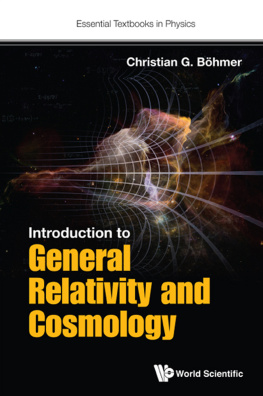
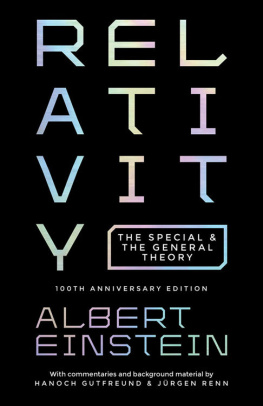
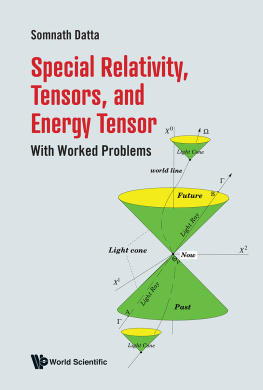
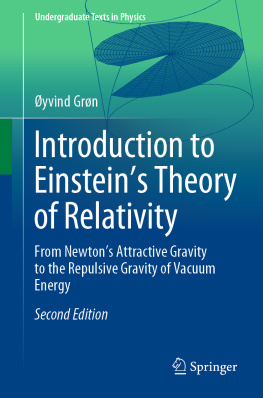
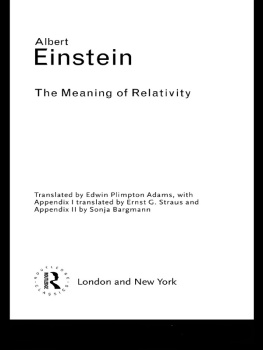

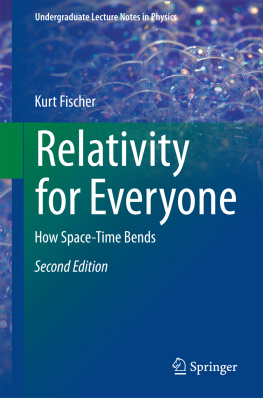
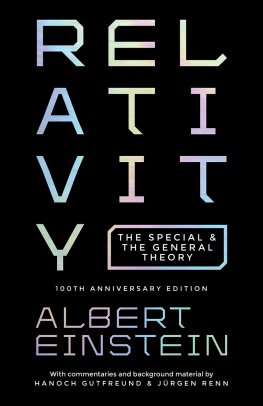

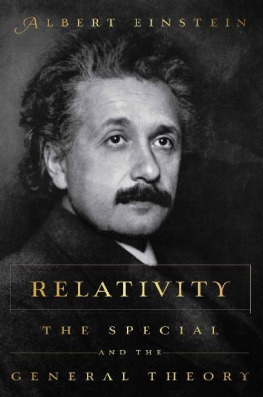
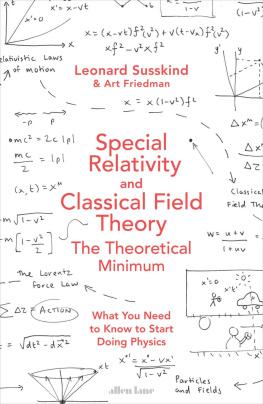


 . In this frame, Newtons fundamental law of mechanics has the form
. In this frame, Newtons fundamental law of mechanics has the form 



 is connected firmly with the moving observer; it should be axis-parallel to the original coordinate system
is connected firmly with the moving observer; it should be axis-parallel to the original coordinate system  . x o is the location of the origin of
. x o is the location of the origin of  measured in
measured in  (Fig. ). Then
(Fig. ). Then 

 , and x is what an observer measures in the moving reference system
, and x is what an observer measures in the moving reference system  . Equation () differentiated with respect to time t ,
. Equation () differentiated with respect to time t , 



 his acceleration with respect to the rest system
his acceleration with respect to the rest system  . However, if the motion of
. However, if the motion of  with respect to
with respect to  is uniform and rectilinear, i.e. x o = v o t with a constant v o , then from ()
is uniform and rectilinear, i.e. x o = v o t with a constant v o , then from ()